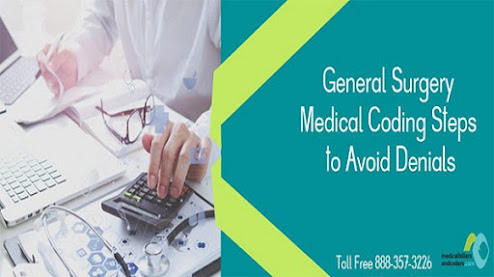Enhance Pathology Revenue with a Smooth Billing Process

The constant change in the healthcare industry has impacted timely reimbursement for medical practices over the past few years. Pathology Medicare and Medicaid have gone on a reduction spree as far as physician reimbursements are concerned. Most third-party payers like Cigna and Aetna are keener on signing up contracts with physicians that focus on fee-for-service, where the reimbursement is less than 100% more often than not. Here are a few ways to enhance revenues and have a perfect billing process in place. Be Familiar with your LCDs Pathology billing companies need to be familiar with Local Coverage Determinations (LCDs) and know the ins and outs of how they are related to various specialties and other frequently billed services. LCDs give a crystal clear picture of the instances when some procedures are covered by Pathology Medicare. They will also indicate the specific circumstances under which a procedure is considered appropriate and absolutely necess...





.jpg)